Mahi | Work
Kaimai Mamaku Restoration Project
The Kaimai Mamaku is 260,000+ hectares - simply too much for one person or organisation. We bring together all projects, agencies, stakeholders and communities around the rohe. MKMT is currently managing funding and giving project support to eight active iwi-hapū led conservation projects in the rohe.
Accolades
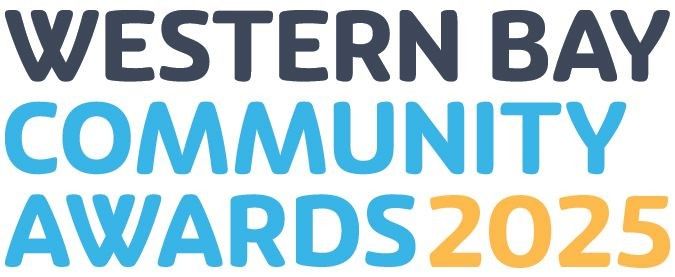
Sustainable Futures Winners


Future Leader Finalist. Sustainable Business Awards 2025
MKMT Supporting Activities
To ensure the Kaimai Mamaku Restoration Project operates at the highest level of professional standards, Manaaki Kaimai Mamaku Trust works on an array of "behind the scenes" supporting activities.

Biodiversity Credits
The Kaimai Mamaku Restoration Project is partnering with Boffa Miskell as a pilot project using an international biodiversity credits platform. Over the coming months, we'll validate the methodology for NZ conditions to produce science-based biodiversity certificates for investors.
Ngāti Hako, Ngāti Hangarau, Ngāti Hinerangi, Ngāti Kearoa Ngāti Tuara, Ngāi Tamawhariua, Ngāti Tumutumu, Tapuika and Waitaha have worked incredibly hard over the past three years to become high performing, investable conservation projects.

eDNA testing
The largest eDNA collection programme across the Kaimai Mamaku Conservation Park. We combined 31 data sets with 13 publicly available data sets, and critically analysed them to offer fascinating results into "life in the Kaimai Mamaku" that you can read here.
We are currently undertaking 6-replicate testing at all sites, plus an additional six sites, to build on this.

Wānanga
Through MKMT-led wānanga and other training and development opportunities, our kaimahi have built true friendships across the rohe with whom they share learnings and help in their respective project areas when time sensitive mahi has to take place.
In 2023/2024 this included: hunting, project management and leadership, and kauri ora.
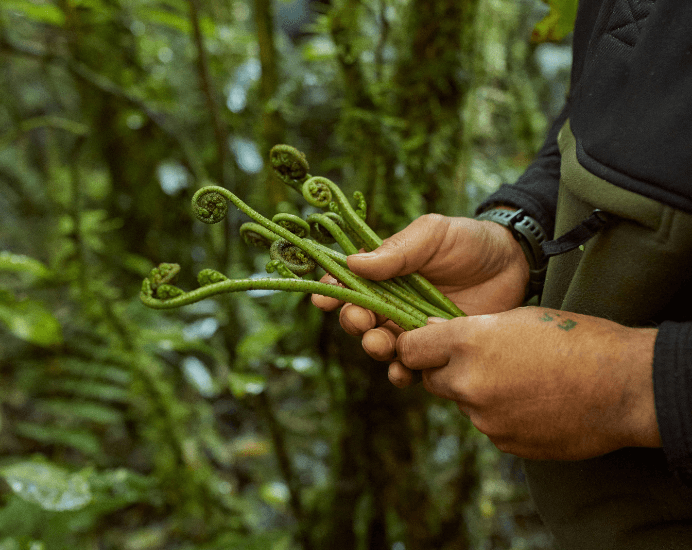
Expert advice
We provide expert advice and support to iwi and hapū-led conservation groups, and community groups.
The MKMT team currently consists of an ecologist and environmental scientist, a comms & engagement expert and a DOC ranger with more than 20-years in-field experience.
Day-to-day we help teams in specialist areas such as budgeting, reporting, comms, engagement, GIS, health & safety, and pest-control best practice.

Feral goat eradication
Feral goats are a long-standing issue in our ngahere as they eat native plants causing serious damage to forest health and soil.
With funding from Tiakina Kauri we have completed a high-level feasibility study which has determined that eradicating goats in the Kaimai is feasible within four years.
The government have confirmed a $750,000 injection through the International Visitor Conservation and Tourism Levy.
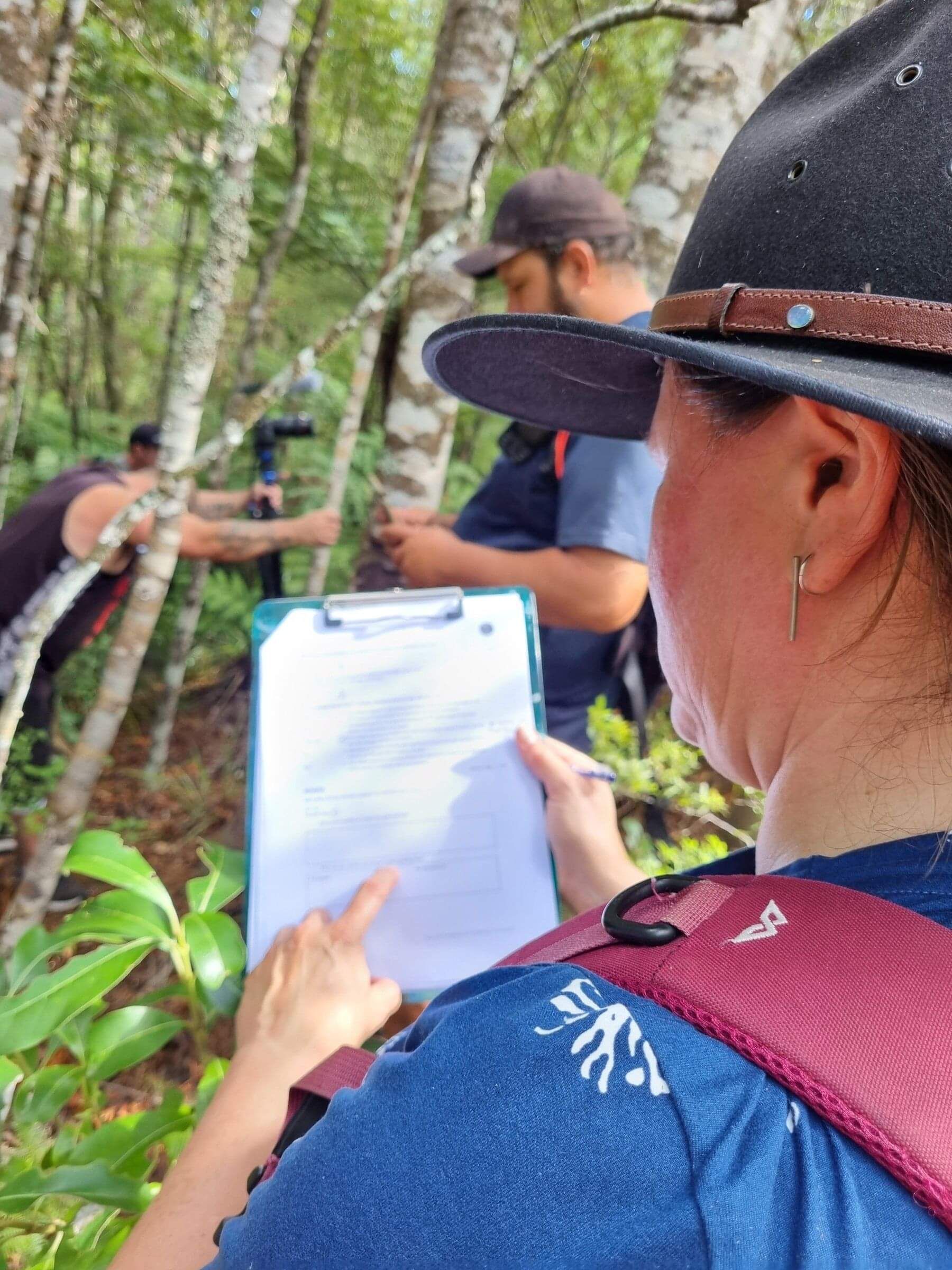
Data collection and analysis
To inform decisions and measure the impact of the Kaimai Mamaku Restoration Project, we do an abundance of data collection, biodiversity monitoring and analysis of results.
In the past we we have introduced a Social Impact Survey to measure the impact this mahi has on the people. He aha te mea nui o te ao? He tangata, he tangata, he tangata.
We have also commissioned Māori scientist Kiri Reihana to develop a bespoke digital tool "Ngahere Ora" with Te Maire 2001.
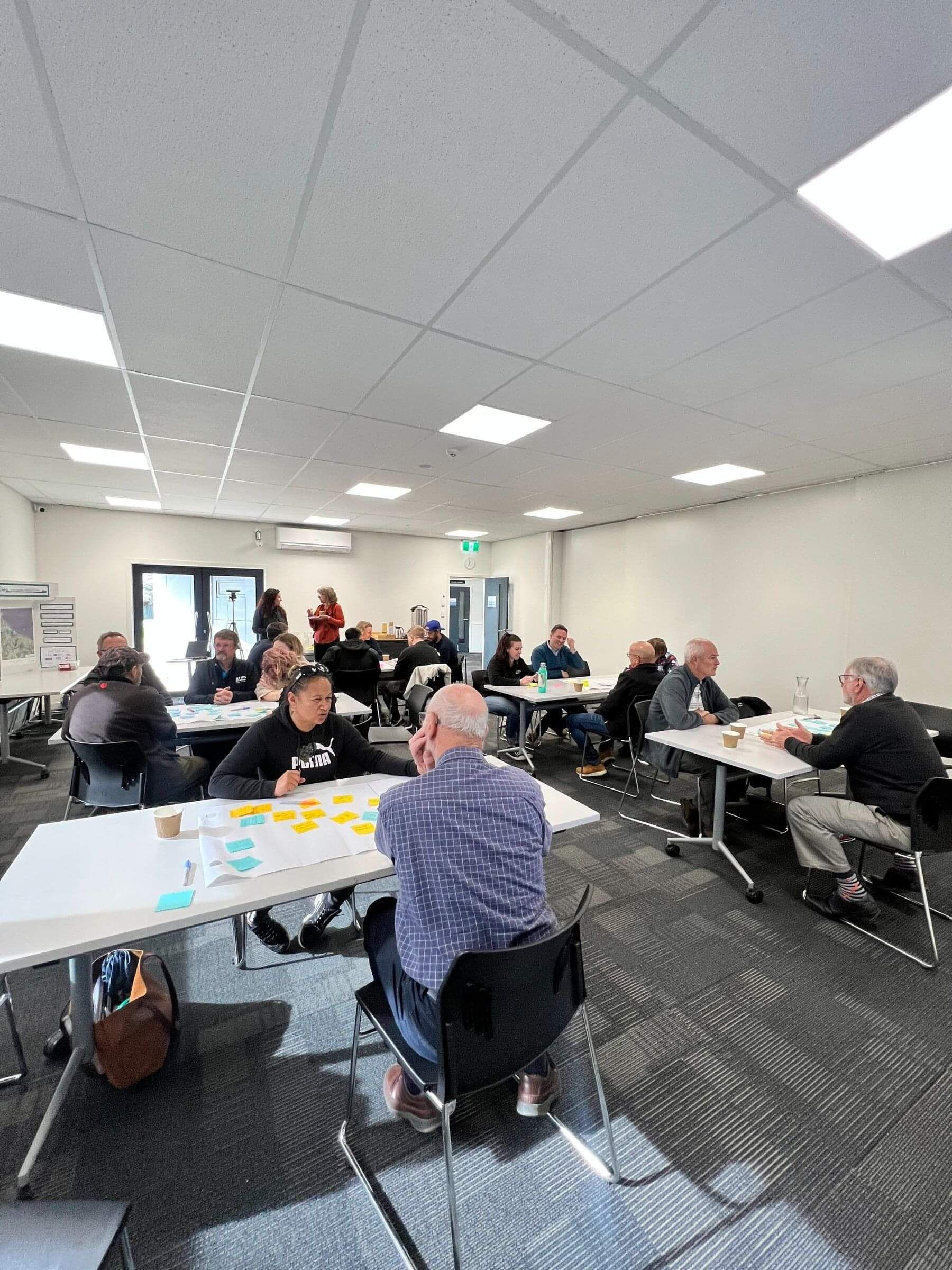
Manaaki Kaimai Mamaku Forum
A space to share whakaaro, ideas and solutions for the enhancement of the Kaimai Mamaku ngahere and its catchments.
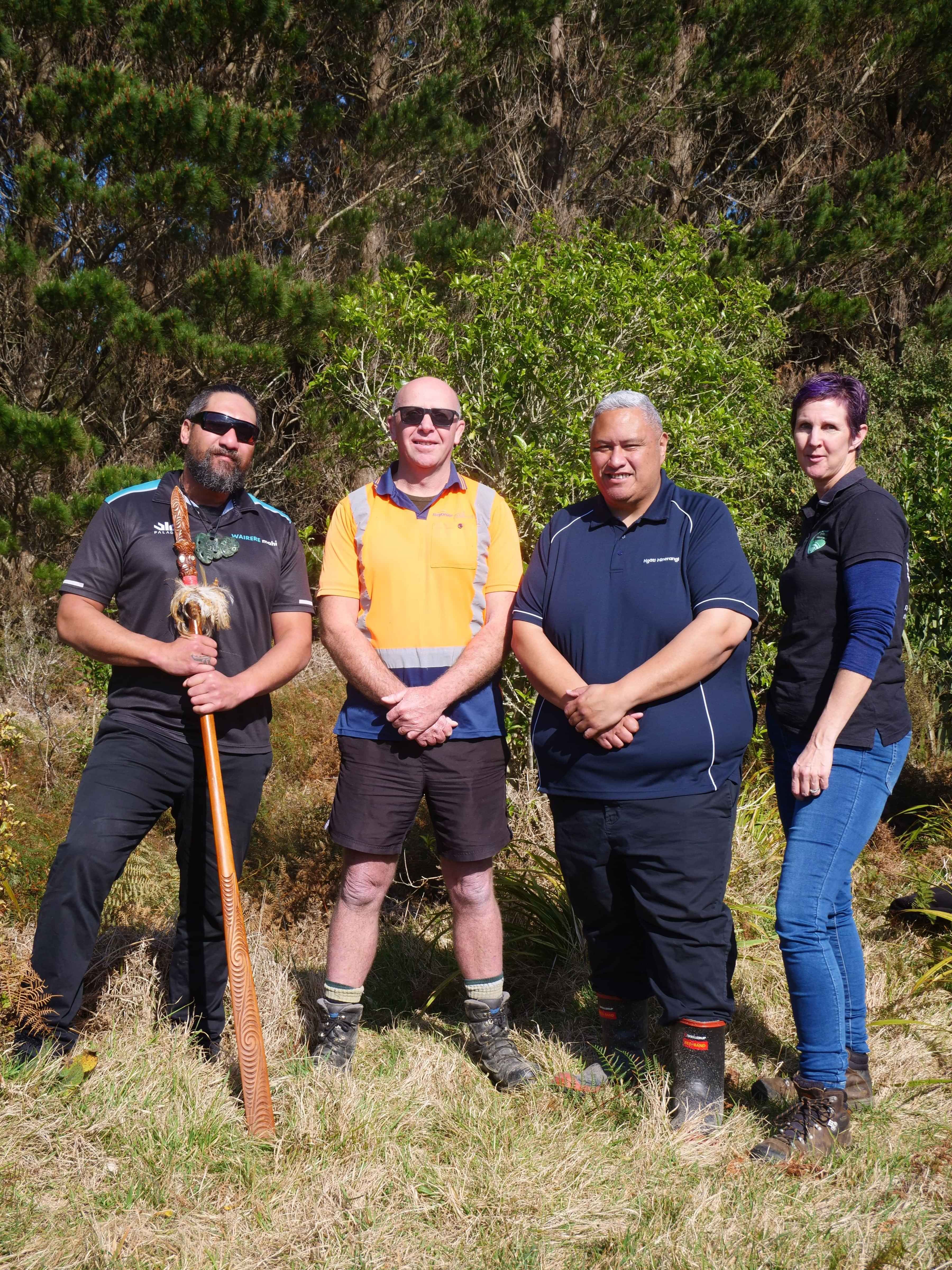
Strategic partnerships
To amplify our impact, influence policy and drive systemic change, we focus on strategic, long-lasting partnerships with other like-minded organisations.
This includes, but not limited to, the Partnering For Nature programme with Priority One and Bay Conservation Alliance, a media partnership with Our Place Magazine, and a cross-region partnership between BOPRC, WRC, DOC and ourselves (Joint Agency Group).

Restore the mauri of the Kaimai Mamaku.
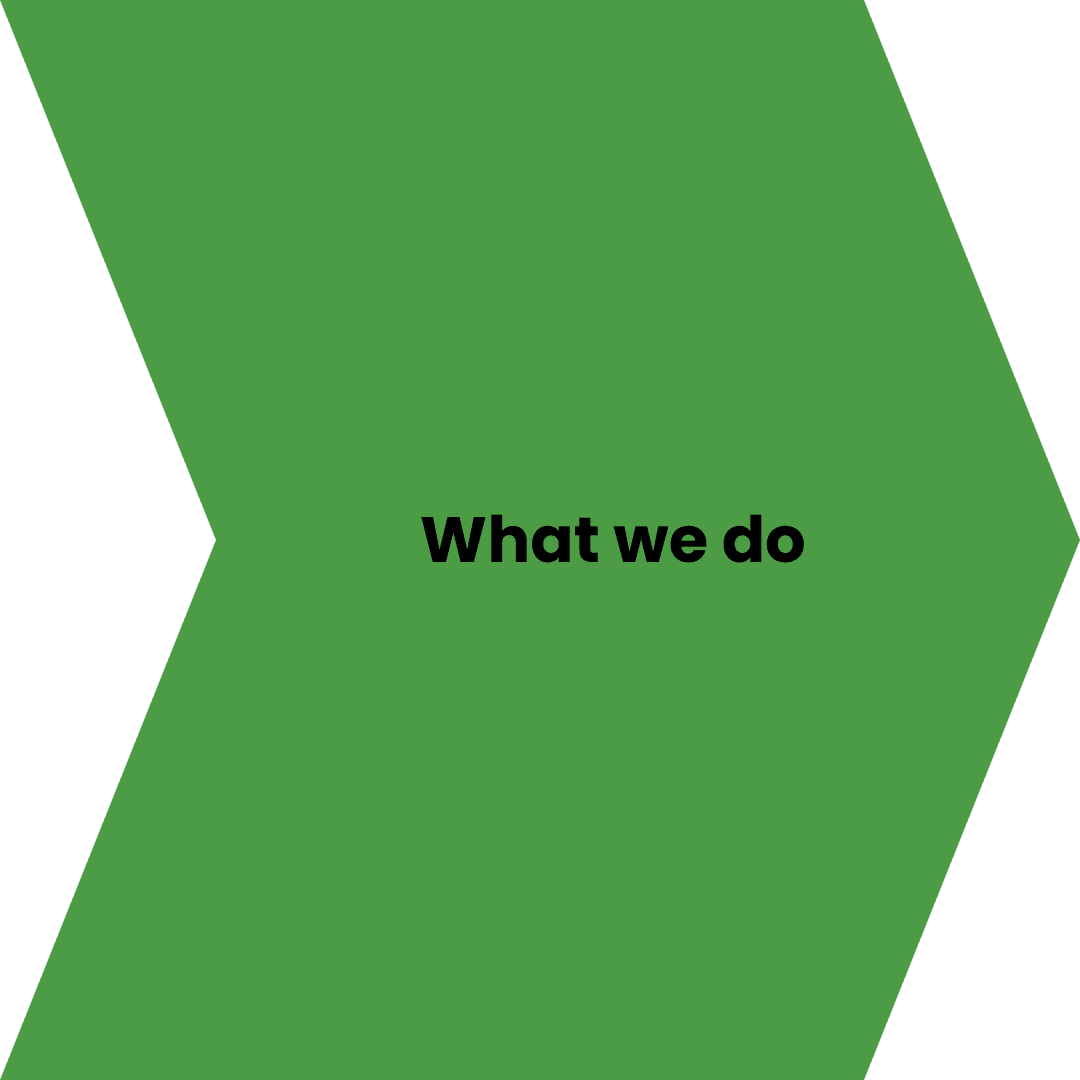
Strategically identify opportunities to improve the landscape
Advocate for and communicate the collective impact of the KMRP
Share knowledge widely and encourage collaboration to fast track success
Build the capability of kaimahi and teams to maximise effectiveness
Independent assurance provider for project practice, outcomes and integrity.

Kaimai Mamaku ngahere and its catchments
Iwi and hapū-led projects
Investors and funders
The community.

People and projects are supported
Trained kaitiaki are in sustainable, purposeful employment. They share learnings and mātauranga between KMRP projects for continuous outcome improvements.
Increased restoration and conservation activity
More projects take incrementally more effective restoration action to reduce pests, increase forest health and connect corridors across the landscape.
KMRP is publicly recognised
Engagement and collaboration leads to increased action, recognition of the conservation delivery model, and support through sustainable funding and investment.

